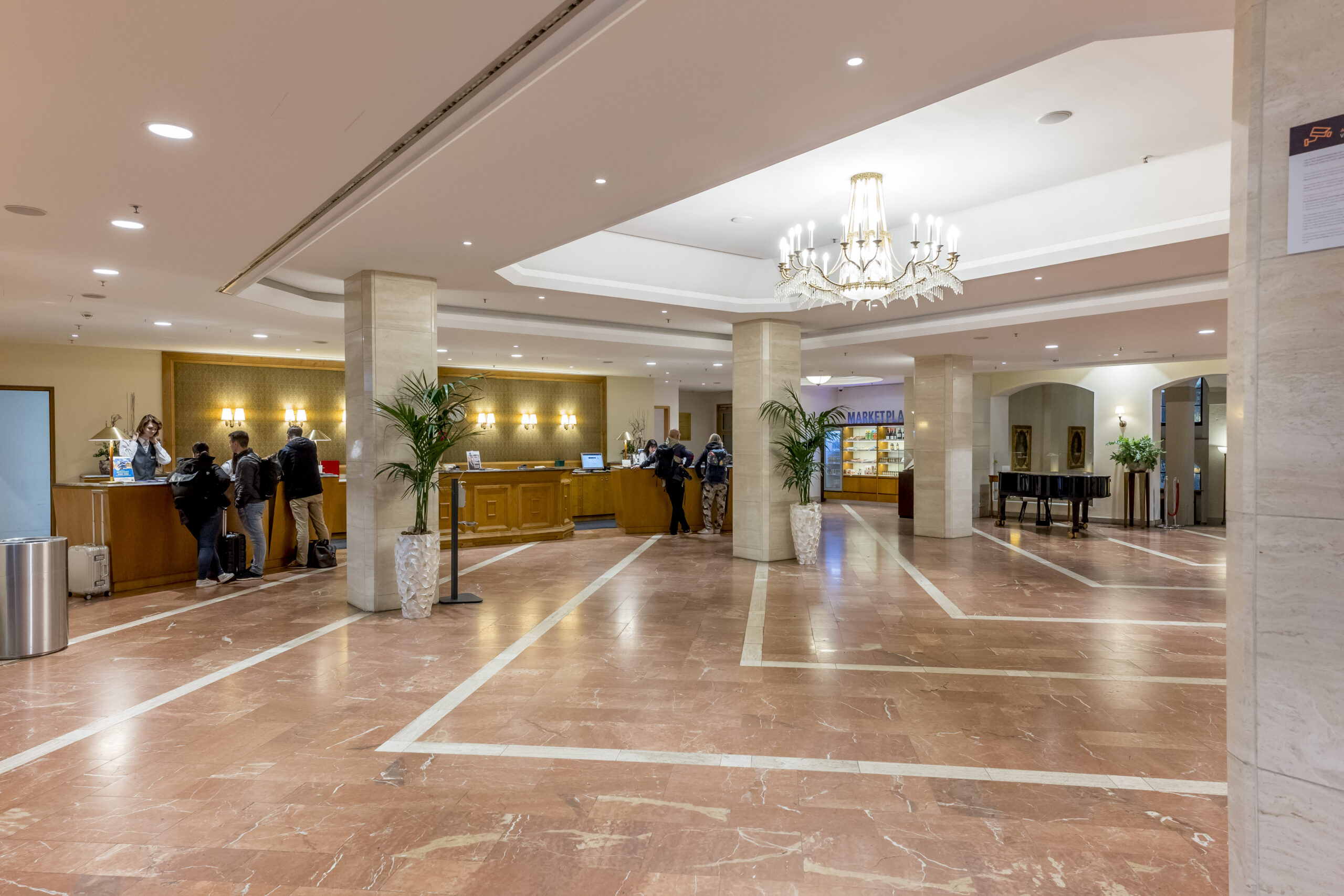Making everything smart – Artificial Intelligence in smart buildings
Issue 01-2020:
read all articles online
read as pdf
Back in 1950, Alan Turing developed the “Turing test” in which a machine has to emulate human behavior without revealing itself to be a machine. Specifically, this means that an evaluator sends questions to a machine or a woman via telex. Both present themselves as a woman. If a machine could fool the human often enough, the machine would be viewed as capable of thinking. Turing identified two key criteria for “artificial intelligence”: necessary computing power and the actual learning methods.
Learning methods
In establishing sensible AI methods, a distinction is made between unsupervised learning, supervised learning and evolutionary learning methods. The first method evaluates and groups (large) amounts of data – for example, to discover dependencies (such as commonalities among customers of a certain product). Supervised learning uses a neural network and subjects it to training phases. However, the main shortcoming of neural networks is that they are suitable only for performing tasks similar to those of the training phase. Methods that independently (meaning without a training phase) determine which actions are appropriate in a situation are the highest form of artificial intelligence. The best-known method in this category is reinforcement learning.
Opportunities and consequences for building automation
Operating buildings or entire properties is becoming more and more complex. It is thus an excellent application for computer-supported evaluation or optimization of operating procedures. Due to the necessary computing capacity requirements, corresponding algorithms in the form of building management systems (BMSs) can be found on the management level.
Basic building operation remains the responsibility of the controllers (DDC systems) on the automation level. However, it is vital for these controllers to interact harmoniously with the BMS system and to agree on which one is responsible for primary functions and which handles supporting tasks.
On the field level, it is important that components such as sensors and actuators be able to be fully integrated. In this case, radio-based sensors play a special role. The right infrastructure is essential to a powerful, radio-based system in order to integrate the number of necessary sensors in buildings and to also operate them, for example, in furniture or in variable locations. EnOcean remains the technology of choice here, because it is supported by many controller manufacturers and consistently uses energy harvesting, resulting in maintenance-free operation.
Conclusion
The requirements imposed on “smart” building operation and data evaluation are growing. Increasingly, the actual “intelligence” is shifting to the management level and requires a harmonious division of work as well as modern protocols between controllers and the BMS. The components on the field level are also becoming more communicative, including infrastructure for mobile and maintenance-free sensors.
New articles in Smart Building
Top articles





